Introduction
- Picture Making
- Picture making involves the application of various method such as painting, drawing,collage and montage.
- Drawing
- It is making pictures using lines and shades.
- Stippling technique
- Involves using dots to create value and make an object look like solid while on adrawing surface.
Creating Light And Dark Effect Using The Stippling Techniques
- Stripping technique uses dots to create value and make an object look solid while on drawing surface.
- In stippling, areas that are light have a small number of dots and areas that are dark have many dots.
- Tonal value is the darkness and lightness of the colour of an object.
- When stippling the number of dots should gradually change from one area to another.
- Gradually means that the dots should not change suddenly but slowly from one step to the next.
Factors To Consider When Drawing Forms
- Proportion
- Balance
- Space
Creating A Dark Effect On Two Overlapped Forms By Stippling
- When two or more objects are placed or drawn in a way that they appear to be covering or blocking each other’s parts, the objects are said to be overlapping.
- When overlapping objects
- The large objects should be placed at the back –background, while the small objects in front- foreground
- The objects in front should be drawn at a lower position than the ones at the back.
- Objects closer to you are the ones in front and those far from you are the ones at the back.
- Objects in the middle are said to be at the middle ground.
- The objects that overlap are always separated by light and dark effect.
Drawing Three Overlapped Forms Using The Stippling Technique
Pot/gourd/calabash
- Collect the suggested tools and materials
- Follow the suggested steps and draw three overlapped forms using the stippling techniques
- Arrange the pot, gourd and calabash on a flat surface. The pot should be behind, the gourd in the middle and the calabash in front.
- Draw an outline of the three objects. Use dotted lines to show the objects are overlapping.
- Use rubber to erase parts or lines which have overlapped.
- Chose the direction you want to have and the direction you want less light.
- Use many dots to shade area and gradually reduce the dots as you move towards the light area.
Drawing
Imaginative Composition
- Imaginative drawing is a drawing made from an idea that is in your mind not what you see.
Creation of textural effect by stippling technique
- In stippling technique, dots can be used to show the surface quality of an object.
- Texture is the quality of a surface. Texture is used to show how an object would feel when touched.
- The surface with any dots is considered to be rough while the surface with few dots is considered to be smooth.
Creating Visual Balance When Drawing Several Forms
- Balance is the arrangement of objects in a space within a picture composition.
- Balance makes an art more attractive. It makes the artwork more stable and more comfortable to look at.
- When balancing objects, we should place them at the centre of our space and make them large enough to occupy at least more than half of our space.
- We can balance objects or forms using
- Colours
- Lines
- Shape
- Texture
- Tonal value
- There are 3 ways of creating balance
- Placing objects at the centre of the drawing space, so that the left part and the right part of the composition look equal.
- Arranging forms in a way that the left and the right side of your composition are not equal.
- Arranging forms in an imaginative manner.
Drawing An Imaginative Composition Of A Twig With Two Leaves And A Fruit
- Collected the suggested tools and materials. Pencil/pen/rubber/picture of real twig with two leaves and fruit.
- Place a picture of a real twig with two leaves and a fruit on a flat surface.
- Use a ruler to draw the drawing space you will use in your drawing book. Draw an outline shape of the objects. Use dotted line to show where the objects are overlapping.
- Use a rubber to erase parts or lines which have been overlapped. Reduce the darkness of your outline using a rubber.
- Chose the direction you want to have more light and the direction you want less light.
- Apply more dots on the dark areas and fewer dots on the light areas. Let the dots fade gradually.
- Identify the sharp edges, corners and holes on the twig and fill them with more dots to create texture.
Appreciating each other’s work.
Join our whatsapp group for latest updates
Tap Here to Download for 30/-
Get on WhatsApp for 30/-
Download Drawing - Art and Craft CBC Grade 6 Notes.
Tap Here to Download for 30/-
Get on WhatsApp for 30/-
Why download?
- ✔ To read offline at any time.
- ✔ To Print at your convenience
- ✔ Share Easily with Friends / Students

